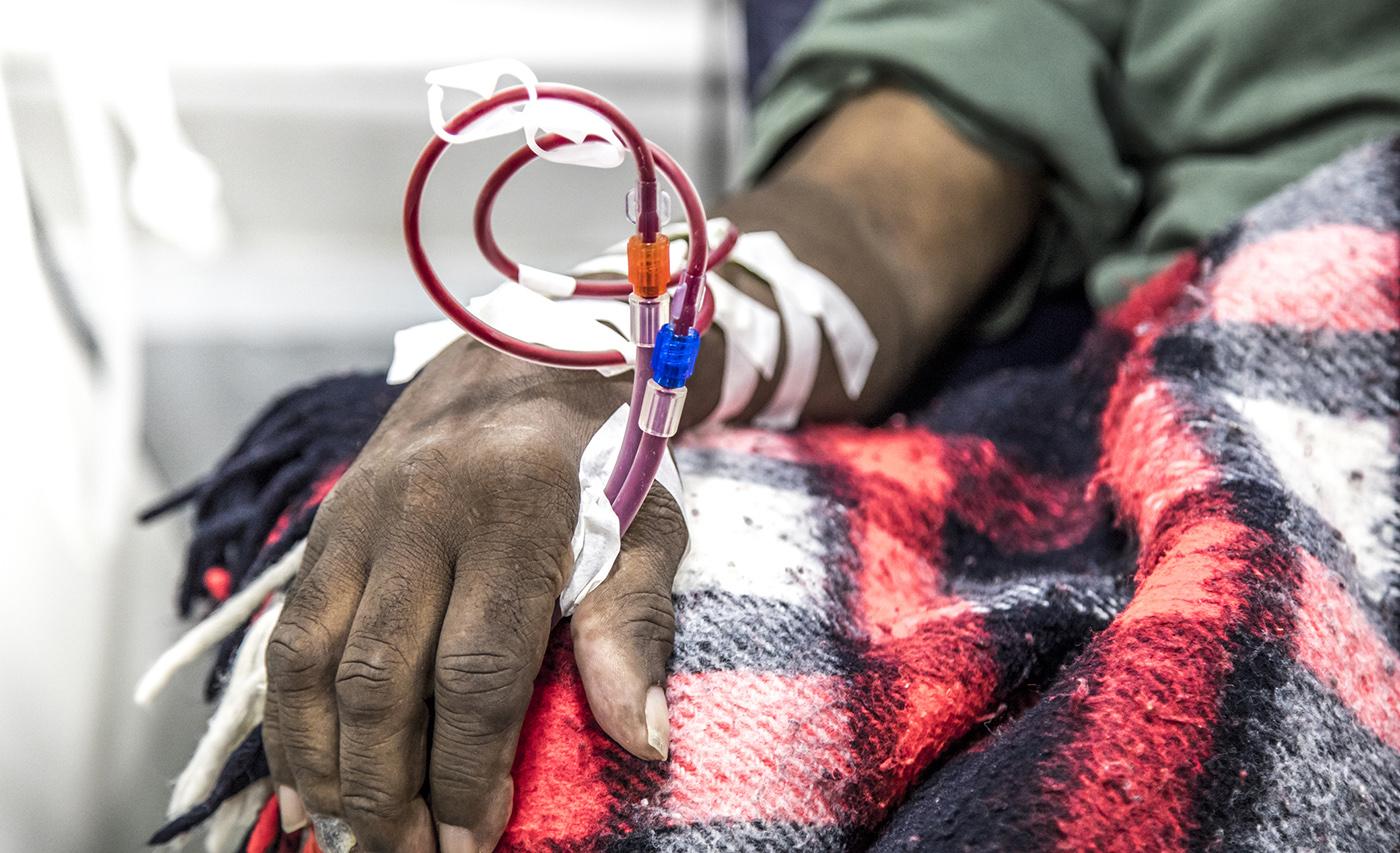
Climate change is known to be a contributing factor in a range of troubling health issues, from asthma to cardiovascular disease to foodborne outbreaks. New research from the University of Maryland School of Public Health examined the impacts of air pollution and extreme heat related to climate change on people undergoing dialysis, also known as end stage kidney disease patients.
“We found that extreme heat events and elevated daily ozone levels can increase rates of death among dialysis patients,” said Richard Remigio, PhD ’21, the paper’s lead author who conducted the research as part of his doctoral dissertation. “This finding contributes to grave concerns about the combined role of extreme heat events due to climate change and temperature-drive ozone formation on this highly vulnerable, and understudied, population.” The study was published in Science of the Total Environment.
Ozone and particulate matter at 2.5 microns (PM 2.5) come with a host of problems that affect the general population. For instance, PM 2.5 is known to trigger asthmatic episodes, and ozone can exacerbate respiratory illness. Combined, they can worsen hospital admission and mortality rates for dialysis patients. Previous studies by Professor Amir Sapkota’s research group, of which Remigio was a part, documented the impact of extreme heat and rainfall on severe asthma cases.
“It’s important because it does have this clinical implication that these pollutants could potentially exacerbate asthmatic symptoms, like shortness of breath, and have these effects on an already vulnerable population where they're already dealing with other sorts of very sensitive thresholds,” said Remigio. “An event like [an increase in air pollution] could trigger some sort of complication in the overall system, thus necessitating medical treatment.”
Now more than ever, Remigio says, there’s a need for public health officials to be involved with policymaking as it pertains to climate change.
“There needs to be a lot more involvement of healthcare providers and public health agencies, at the local, state and federal levels to recognize climate change is going to have unintended health impacts among the vulnerable populations, and that would also extend to dialysis patients,” he said.
Remigio said there’s a need for mitigation strategies specific to dialysis patients.
“For example, if there's a heat advisory warning, it would probably be prudent for dialysis providers to reach out to their patients, to warn them, or to find out if they have comforts or means to help ride out that particular extreme heat event.”
Because ozone is temperature dependent—the hotter it gets, especially in urban centers like Baltimore and DC, the more ozone we’ll see—the health effects will only worsen as the planet warms.
“Ozone either alone or in addition to extreme heat will have profound effects that could result in some sort of health complication and eventually if not treated, premature deaths,” Remigio said. “There’s definitely a lot more attention that has to be paid as far as looking at dialysis patients as vulnerable population and to develop climate change appropriate strategies and resilience strategies to protect them.”
Remigio says he hopes this paper will underscore the idea that public health is inextricably linked to the climate, and that people will broaden their understanding of who constitutes a vulnerable population.
“Sometimes we talk about vulnerable populations, but we don’t really open the hood and recognize who makes up a vulnerable population. We find that there are a lot of folks,” he said. “This is a comorbidity that is sometimes kind of invisible.”
Remigio expressed gratitude for the interdisciplinary collaboration with peers at the University of Maryland Department of Atmospheric and Oceanic Science which made the study possible.
“This is a great example of a multidisciplinary team tackling a critical problem and being able to leverage that kind of source to advance a public health question.”
The paper Combined effects of air pollution and extreme heat events among ESKD patients within the Northeastern United States was written by Richard V.Remigio, HaoHe, Jochen G.Raimann, Peter Kotanko, Frank W. Maddux, Amy Rebecca Sapkota, Xin-Zhong Liang, Robin Puett, Xin He, and AmirSapkota and published in Science of the Total Environment.